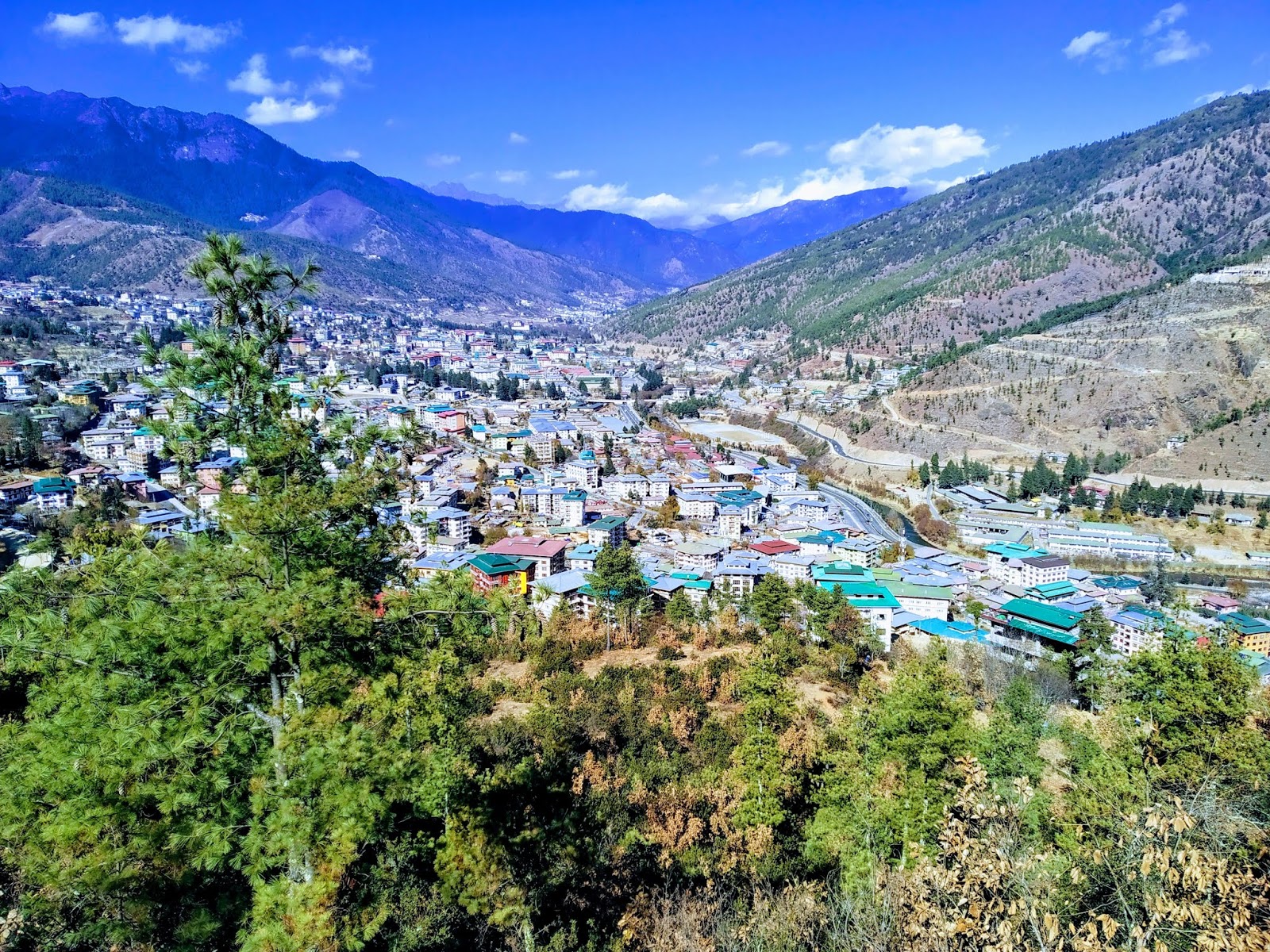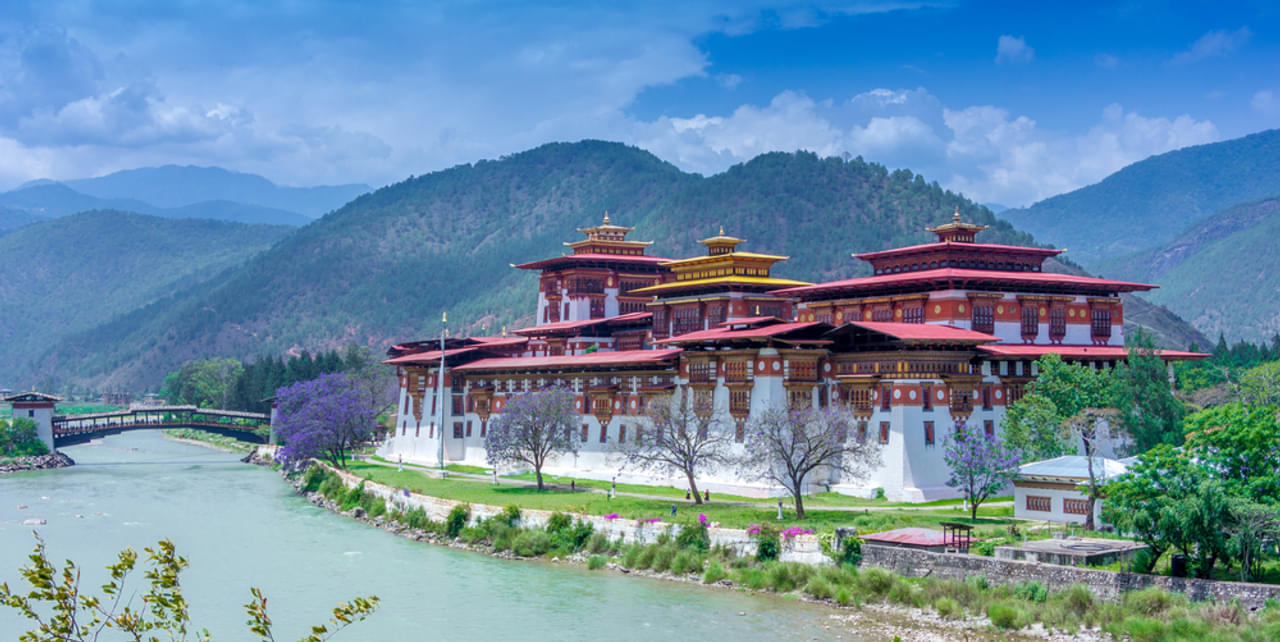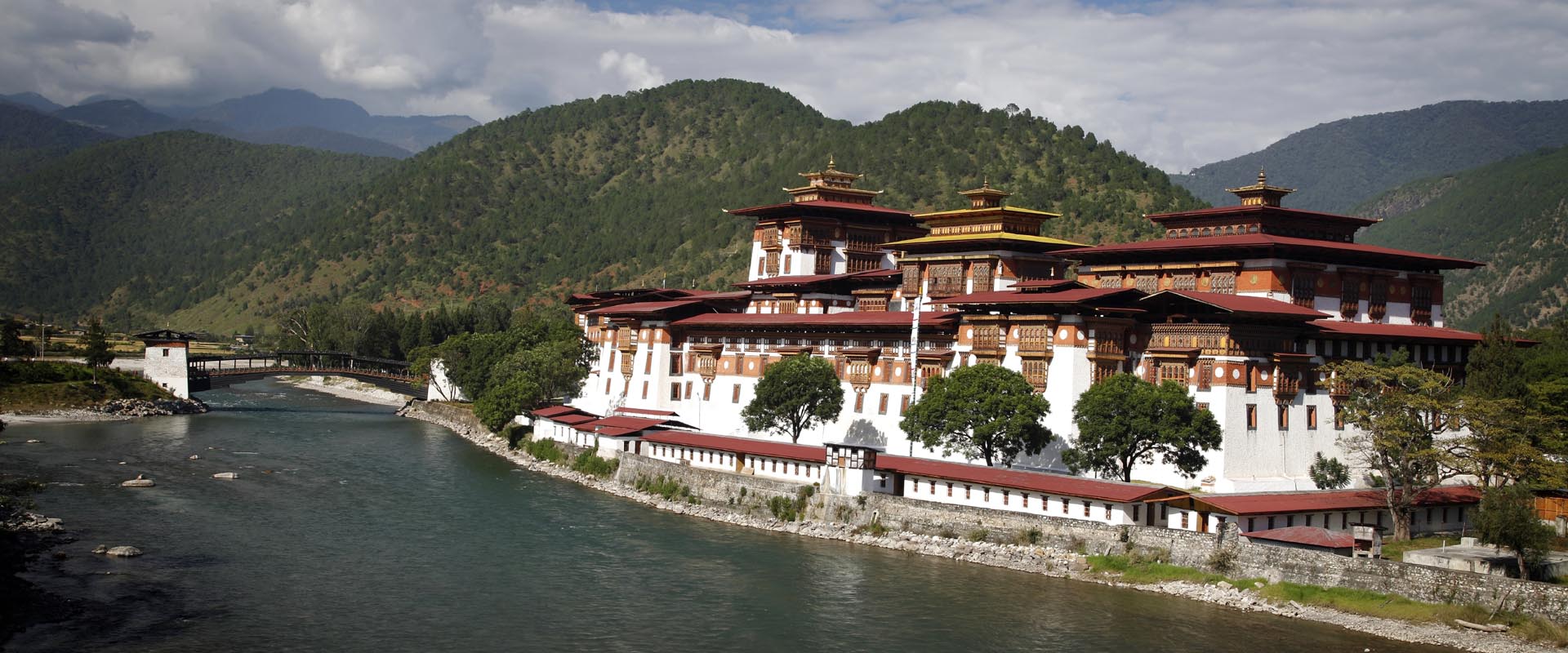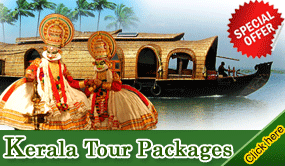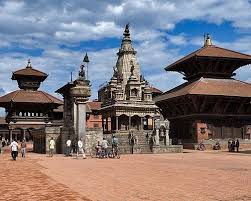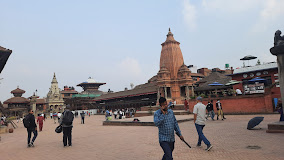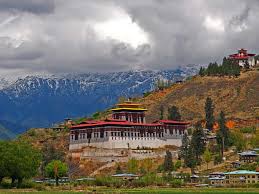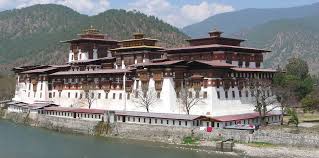Bhutan Tour
Itinerary
Fly into Himalayas with Druk Air, Bhutan's National Air Carrier. As the aircraft
enters the Paro valley, look down and you will see the Paro Dzong on the hillside
overlooking Paro Chu (river) with Ta Dzong, formerly a watchtower and now the
National Museum, above it. Received by our representative at the airport and
transfer to Thimphu, the modern capital town of Bhutan.
Overnight at the hotel in Thimphu.
After breakfast, sightseeing in Thimphu valley including visit to the following:
the National Library, housing an extensive collection of priceless Buddhist
manuscripts; the Institute for Zorig Chusum (commonly known as the Painting School)
where students undergo a 6-year training course in Bhutan’s 13 traditional arts
and crafts. Later visit Textile and Folk Heritage Museum, a fascinating testimony of
the Bhutanese material culture and living traditions.
After lunch, visit King's Memorial Chorten continuously circumambulated by people,
murmuring mantras and spinning their prayer wheels. Construction of this landmark
was the idea of Bhutan’s third king, His Majesty Jigme Dorji Wangchuk (“the
father of modern Bhutan”) who has wished to erect monument to world peace and
prosperity. Completed in 1974 after his untimely death, it serves both as a memorial
to the Late King and as a monument to peace. Then, visit the government-run
Handicrafts Emporium and local crafts shops, to browse through example of Bhutan's
fine traditional arts. Here you can buy hand-woven textiles, thangkha paintings,
masks, ceramics, slate and wood carvings, jewelry, interesting items made from local
materials. Evening drive past Trashichhoedzong, “fortress of the glorious
religion”. This is the center of government and religion, site of monarch’s
throne room and seat of Je Khenpo or Chief Abbot. Built in 1641 by the political and
religious unifier of Bhutan, Shabdrung Ngawang Namgyal, it was reconstructed in
1960s in traditional Bhutanese manner, without nails or architectural plans.
Overnight at the hotel in Thimphu.
After early breakfast, drive up to Dochu-la pass (3,088m/ 10,130 ft) stopping
briefly here to take in the view and admire the chorten, mani wall, and prayer flags
which decorate the highest point on the road. If skies are clear, the following
peaks can be seen from this pass (left to right): Masagang (7,158m), Tsendagang
(6,960m), Terigang (7,060m), Jejegangphugang (7,158 m ), Kangphugang (7,170 m ),
Zongphugang (7, 060 m ), a table mountain that dominates the isolated region of
Lunana - finally Gangkar puensum, the highest peak in Bhutan at 7,497m.
Later visit to Punakha Dzong, Built strategically at the junction of Pho Chhu and Mo
Chhu rivers in 1637 by Shabdrung Ngawang Namgyal to serve as the religious and
administrative centre of the region, Punakha Dzong has played an important role in
Bhutan’s history. Damaged by four catastrophic fires and an earthquake, the Dzong
has been fully restored by the present King.
After breakfast, visit ruins of the Wangduephodrang Dzong and local market. The
district of Wangduephodrang is also famous for its bamboo products, slate and stone
carvings. Also visit Chimi Lakhang Temple. Later, drive back to Punakha and enjoy an
overnight stay at the hotel.
Wangdue Phodrang: Wangdue Phodrang (previously spelled Wangdi Phodrang) is
a
dzongkhag (district) of central Bhutan. This is also the name of the dzong (built in
1638) which dominates the district and the name of the small market town outside the
gates of this dzong. The name is said to have been given by the Shabdrung Ngawang
Namgyal who was searching for the best location for a dzong to prevent incursions
from the south. The word "Wangdue" means unification of Country, and "Phodrang"
means Palace. Time permitting, optional river rafting in Punakha on direct payment
basis.
Time and road condition permitting, you can also visit Talo Monastery and Nunnery.
Overnight at the hotel in Punakha.
After breakfast drive to Paro en route visit Simtokha Dzong. This dzong, built in
1627 is the oldest in Bhutan. It now houses the Institute for Language and Culture
Studies. Afternoon in Paro, visit Ta Dzong, once a watchtower, built to defend
Rinpung Dzong during inter-valley wars of the 17th century, Ta Dzong was inaugurated
as Bhutan’s National Museum in 1968. Afterwards, walk down a hillside trail to
visit Rinpung Dzong. Built in 1646 by Shabdrung Ngawang Namgyal , the first
spiritual and temporal ruler of Bhutan, the Dzong houses the monastic body of Paro,
the office of the Dzongda (district administrative head) and Thrimpon (judge) of
Paro district. The approach to the Dzong is through a traditional covered bridge
called Nemi Zam.
Overnight at the hotel in Paro.
After breakfast drive up the valley to view the ruins of Drukgyel Dzong. It was from
here that the Bhutanese repelled several invading Tibetan armies during the 17th
century. Then take an excursion to Taktsang Monastery, the most famous of Bhutanese
monasteries. It is said that Guru Rinpoche arrived here on the back of a tigress and
meditated at this monastery hence it is called "Tiger's Nest". The excursion to
monastery takes about 5 hours for round trip. While return to Paro town visit en
route Kyichu Lhakhang, one of the oldest and most sacred shrines of the Kingdom.
Overnight at the hotel in Paro.
After early breakfast at the hotel, drive to the airport for flight to your onward destination. Our representative will help you with exit formalities and then bid you farewell.
Inclusions
Accommodation
Airport Transfers
Daily Breakfast
Surface transportation by an exclusive chauffeur driven air-conditioned car
Services of english speaking local guides
Entrance fees to the monuments
All Taxes
